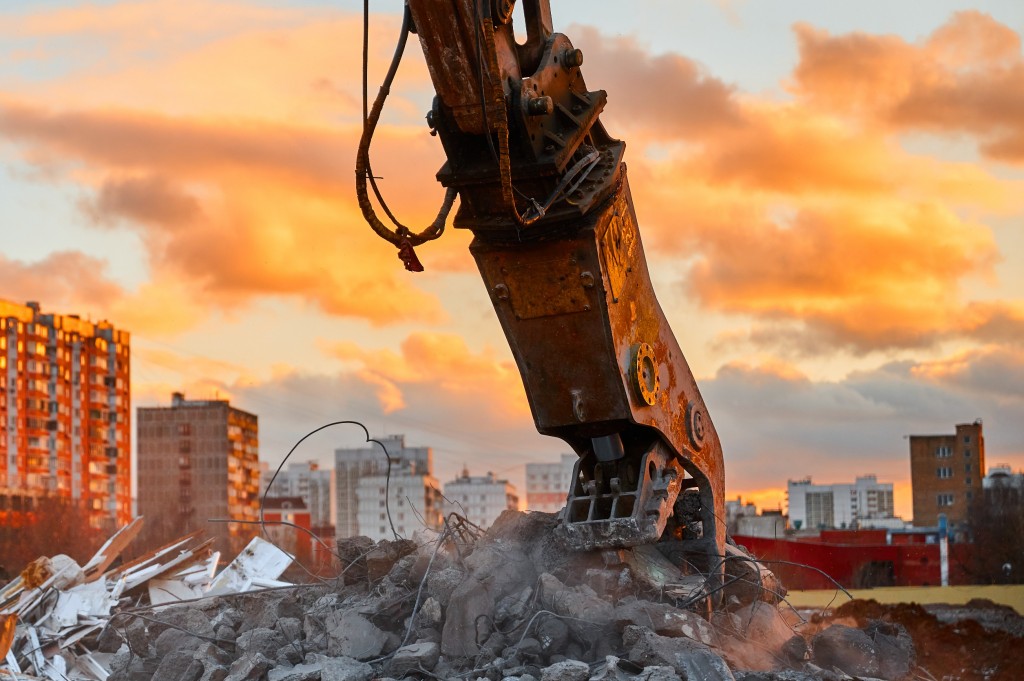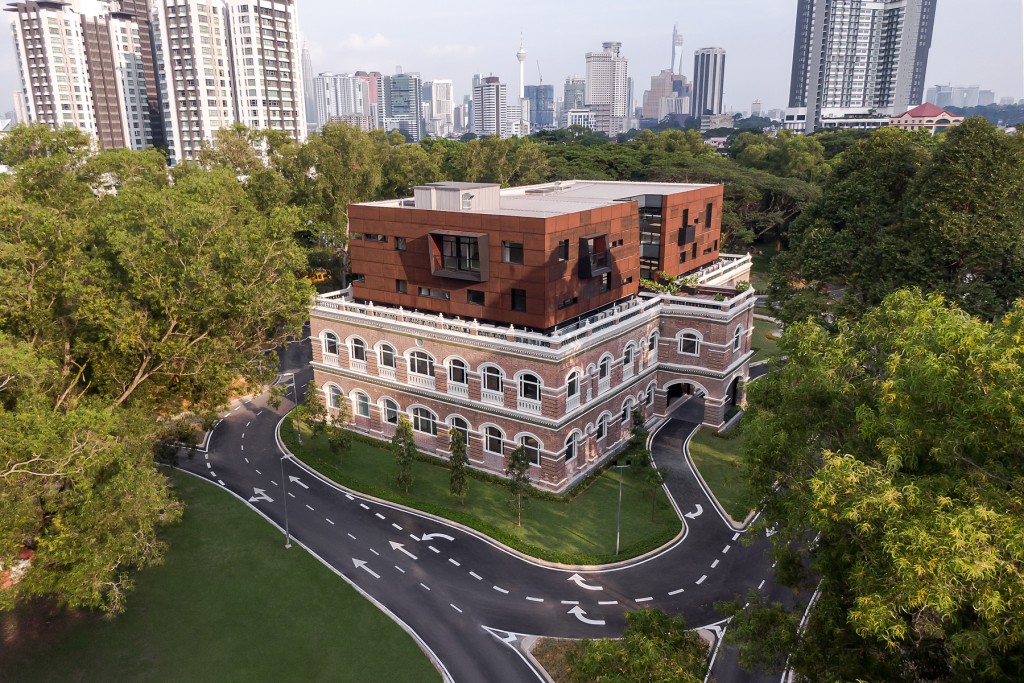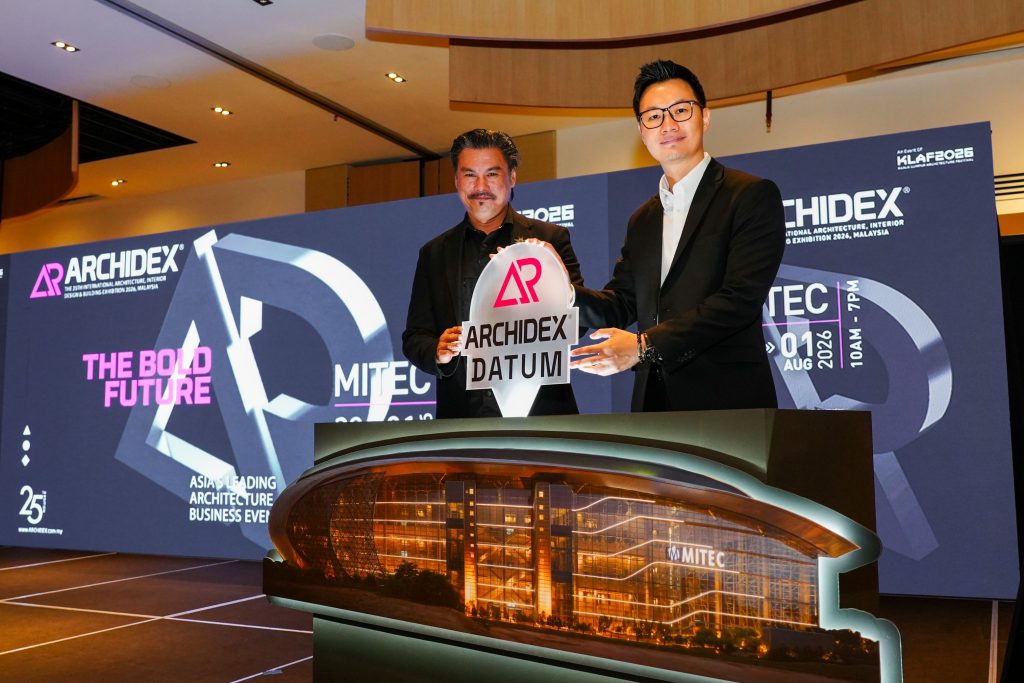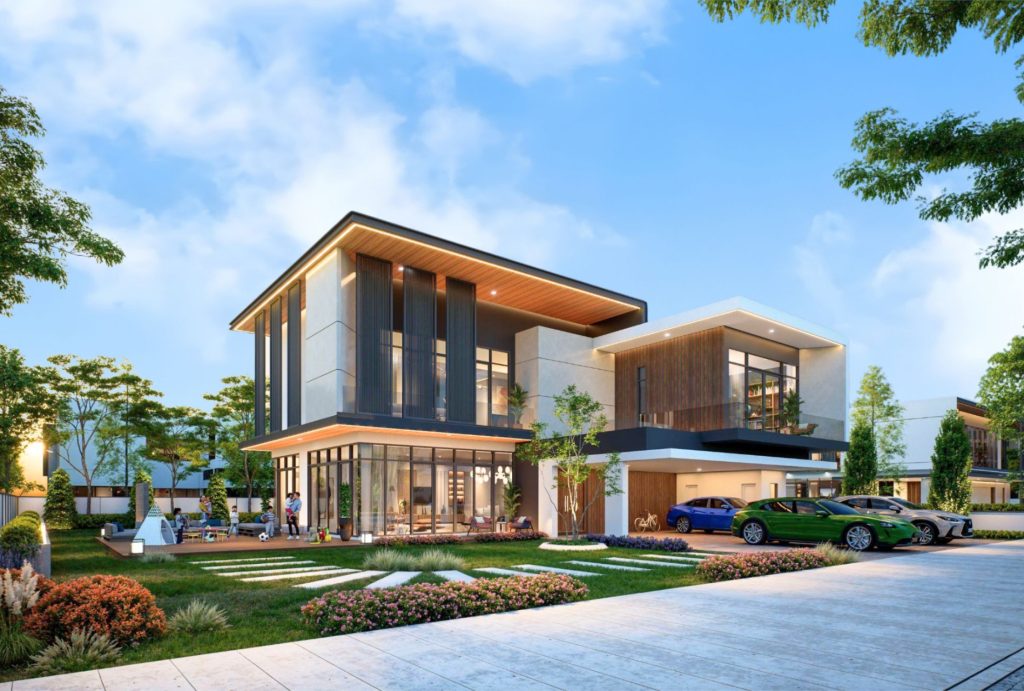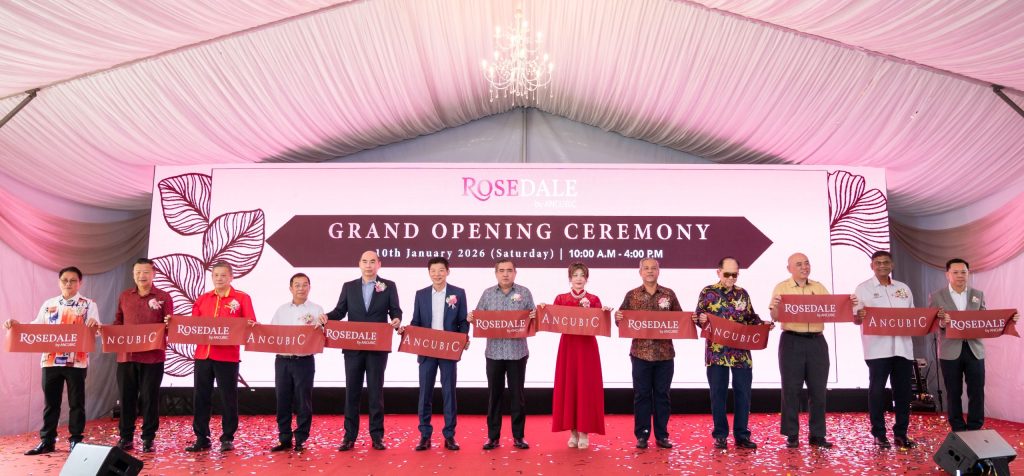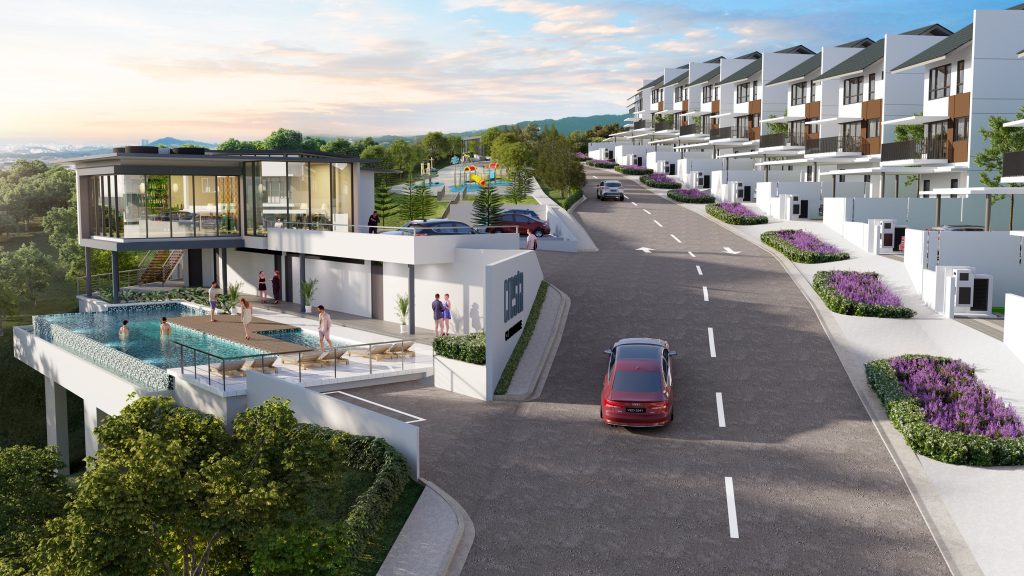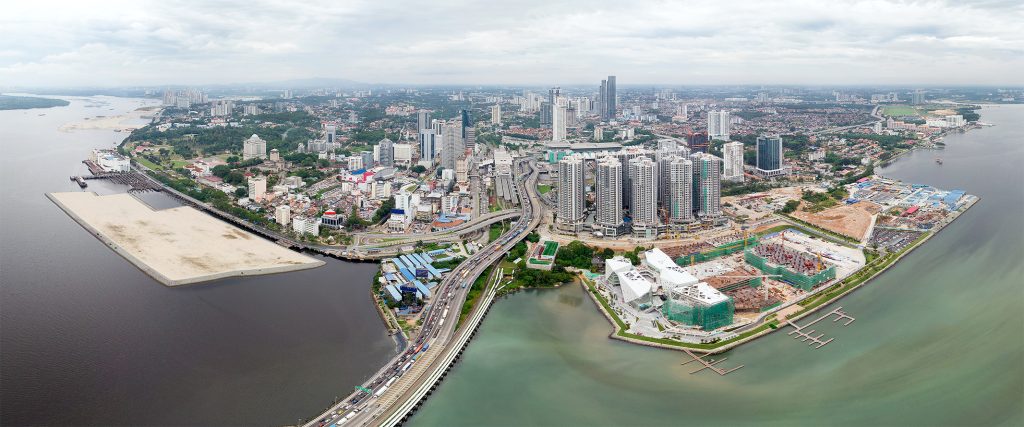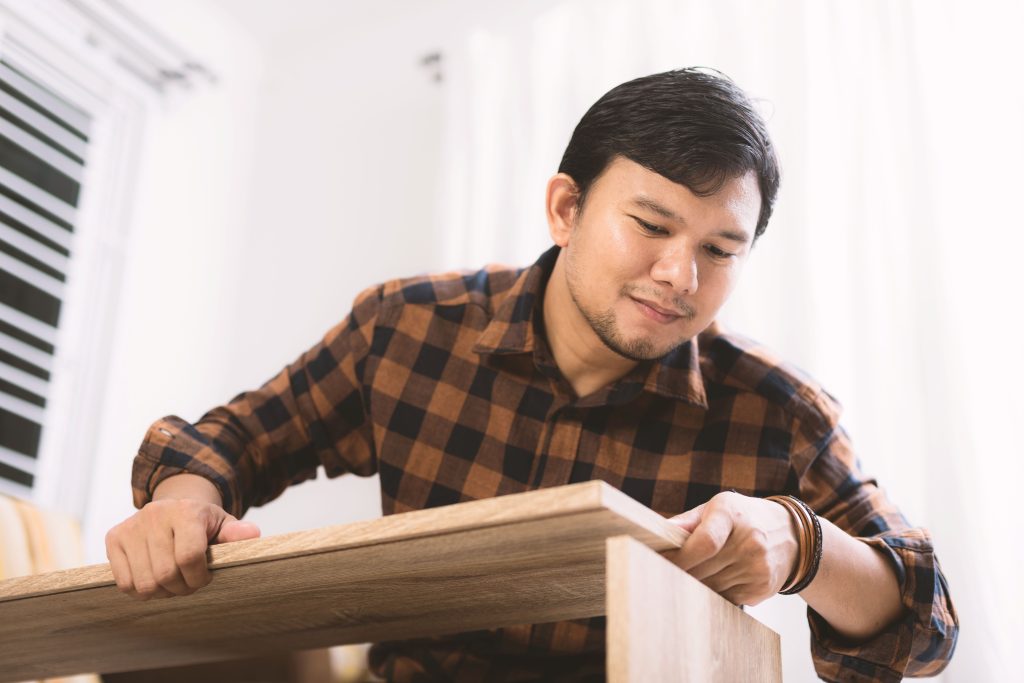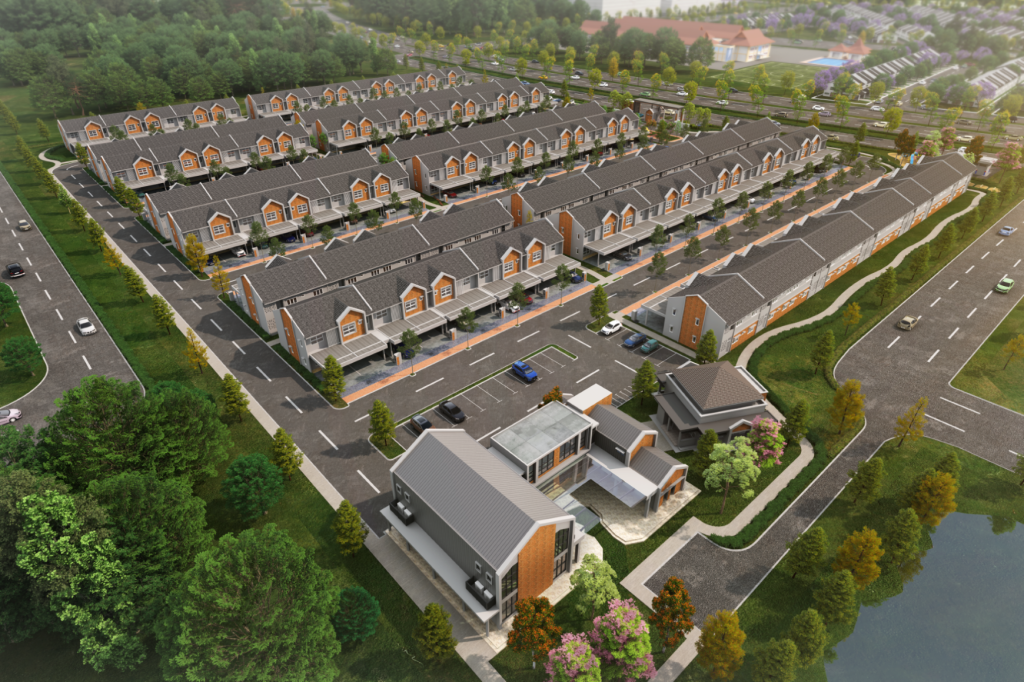DBKL identified 139 suitable sites for urban renewal
Contributed by: Sulaiman Saheh
In early September, the Ministry of Local Government Development announced that an Urban Renewal Implementation Guideline (GPP PSB) is being prepared as part of the government’s effort to introduce a new law to help promote and streamline urban renewal initiatives.
Expected to be tabled in Parliament at the end of 2024, this special law is anticipated to have a major impact on the national economy by paving the way to redevelop under-utilised and dilapidated areas which will then rekindle economic vibrancy.
The GPP PSB is being prepared under the Town and Country Planning Department through a Regulatory Impact Analysis (RIA) with the Malaysia Productivity Corporation (MPC). Before this, the lack of a standardised guideline resulted in urban renewal efforts being carried out through nine legislations that involved numerous ministries, departments and organisations.
Additionally, the governance of such initiatives varies by state and local authorities. The nine included the National Land Code, Town and Country Planning Act, Contracts Act and Land Acquisition Act.
Urban renewal, redevelopment or regeneration is essentially an initiative to address the neglect or decay of an area. This often involves eradicating a slum to give it a new lease of life – be it as a residential scheme, commercial or both – for a city to stay relevant and sustainable.
While there will be some opposition or protest to urban renewal initiatives because of sentimental or self-convenient reasons, success lies in the innovative and strategic approach when forming the redevelopment plans, with careful consideration given to the existing communities and economic activities.
In December 2022, the Department of Statistics Malaysia revealed that Malaysia’s urbanisation had tripled over the past five decades: from 28.4% in 1970 to 75.1% in 2020, resulting from natural population increase, migration and demarcation.
Although we hear of many urban renewal examples internationally, credit and recognition should also go to our very own who have successfully turned under-utilised sites into national landmarks.
Dating back to the 1990s, Kuala Lumpur bore witness to the making of one of Malaysia’s top iconic landmarks: the Kuala Lumpur City Centre (KLCC). Before KLCC, the 100-acre site was occupied by the Selangor Turf Club (STC) from 1896 to 1988 when a decision was made to relocate the race course and stables to a bigger site in Sungai Besi.
Simultaneously, then Prime Minister Tun Dr Mahathir Mohammed envisioned having the world’s tallest building in Malaysia. Construction of the Petronas Twin Towers began in 1993 and six years later, on 31st August 1999, Dr Mahathir declared open the nation’s new landmark in conjunction with Malaysia’s 42nd National Day.
In addition to the twin towers, there is also the Suria KLCC shopping centre positioned at the base and a 50-acre park in the centre surrounded by tall buildings and international hotels.
Entering the 2000s, Kerinchi folk saw the start of urban regeneration by UOA with the backing of Kuala Lumpur City Hall (DBKL). Under the Eighth Malaysia Plan, in effect between 2000 and 2005, efforts on the implementation of Program Perumahan Rakyat (PPR) for rental were intensified in line with the “zero squatter” policy.
At the time of UOA’s 60-acre land acquisition in 2005, DBKL was already relocating the squatters of Kampung Kerinchi to new PPR flats. UOA assisted in reviving the delayed construction and successfully completed the flats within three months.
Thus began the renewal of Kampung Kerinchi, from what was once a slum area to a bustling residential and commercial hub called Bangsar South. More than a decade later, the area has become one of Klang Valley’s sought-after addresses, thanks to Grade-A office towers, hotels, medical service suites, high-rise residences and a plethora of retail offerings.
Recently, the Bukit Bintang City Centre (BBCC) and the record-breaking 118-storey Merdeka 118 development have made headlines with under-utilised sites but having strong historical ties.
The 19.4-acre site that housed Pudu Prison between 1891 and up to its demolition in 2012 has been given new life in the shape of BBCC – made up of a shopping mall, high-rise residences, office buildings and hotels.
Part of Pudu Jail’s exterior wall and main gate have been maintained and incorporated into the fountain park component of Mitsui Shopping Park Lalaport Bukit Bintang City Centre which opened in January 2022.
Recognised as the starting point of Malaysia as an independent country, the collective sites of Stadium Merdeka, Tunku Abdul Rahman Park (a.k.a. Merdeka Park) and Stadium Negara had been left untouched, with the exception of several renovation efforts in the 70s and 80s as the stadiums were used for major sporting events until the completion of Bukit Jalil National Stadium in the mid-90s.
While redevelopment plans had been made in 1994 when the 36-acre site was put under the United Engineers Bhd (UEM) in exchange for building two stadiums in Bukit Kiara and the RM800mil National Sports Complex in Bukit Jalil, nothing moved due to the Asian Financial Crisis in 1997 which ultimately led to the land being put up for auction in 2000.
Permodalan Nasional Berhad (PNB) stepped in and purchased the land, retaining both stadiums. A decade later, during the Budget 2011 presentation, plans were announced for the RM5bil Warisan Merdeka development that will occupy the Merdeka Park site while maintaining both Stadium Merdeka and Stadium Negara as national monuments.
To date, Merdeka 118 comprises several complementary components including the eye-catching 118-storey tower, serviced residences, a shopping complex as well as the two stadiums. Stadium Merdeka is set to resume operations by early 2024 while development studies are still underway for Stadium Negara. The tower is expected to be completed for occupation by 2024 after several delays due to the pandemic.
Another successful urban renewal project is the long-running and challenging redevelopment of Kampung Baru. The project faces the complexity of multiple individually-owned land parcels with some having reached multi-layered ownership status due to inheritance. This led to a tedious acquisition process to ensure ownership transfer was executed with no sub-owners overlooked.
Next is the status of the land itself with most of the parcels falling under Malay Agricultural Settlement. Due to its restrictions on exclusive ownership and occupation by Malays, the redevelopment has some disadvantages when compared with those in the open market. But hopes are still high for Kampung Baru to finally receive the redevelopment treatment it deserves while preserving its heritage.
Urban renewal is crucial to keeping cities in good shape but many factors determine a project’s level of success, such as historical and heritage preservation, land acquisition, funding, and community support. Not only do these renewal initiatives aim to bring in newer, well-facilitated buildings but they also create and preserve the greenery located in between the steel and concrete buildings.
Both the government and private sectors have to ensure a multiplier effect in creating employment, providing homes and boosting business opportunities. DBKL has identified 139 suitable sites for urban renewal and the ministry is geared to unlocking their true potential and value.
To ensure sustainability and future-proofing these sites, long-term planning is needed and consideration is given to the economic, social and environmental aspects – without losing sight of the local perspective.

Sulaiman Saheh
is the director of
Research at Rahim
& Co International,
a real estate
consultancy firm in
Malaysia. If there
are any inquiries,
please email
sulaimansaheh@
rahim-co.com.
Stay ahead of the crowd and enjoy fresh insights on real estate, property development, and lifestyle trends when you subscribe to our newsletter and follow us on social media.

